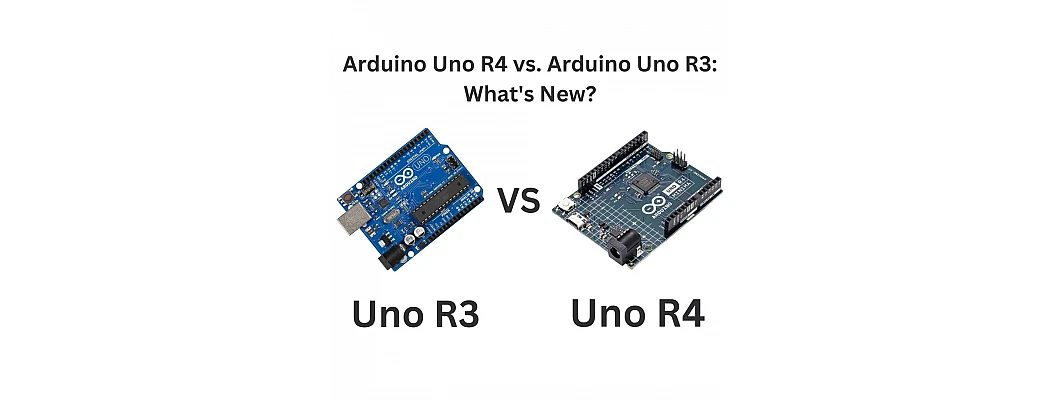
One of the most well-known microcontroller boards, Arduino Uno, has undergone a number of updates to improve its functionality. The Arduino Uno R4 is the new kid on the block after the Arduino Uno R3 was widely adopted by makers. What distinguishes these two variations, and which one ought to you choose for your projects? Let's investigate.
Arduino Uno R3: The Classic
The Arduino Uno R3 is the third iteration of the Uno series and has been a trusted companion for countless hobbyists and developers. Here are some of its key features:
-
Microcontroller: At the heart of the R3 is the ATmega328P microcontroller, which provides 32KB of flash memory, 2KB of RAM, and 1KB of EEPROM.
-
Digital I/O Pins: It boasts 14 digital I/O pins, 6 of which support pulse-width modulation (PWM) for controlling analog-like outputs.
-
Analog Inputs: There are 6 analog input pins, allowing you to connect various sensors and devices.
-
Communication: The R3 supports UART, SPI, and I2C communication, making it versatile for different applications.
-
Form Factor: It follows the standard Arduino Uno form factor, making it compatible with a wide range of shields and accessories.
Arduino Uno R4: The Newcomer
The Arduino Uno R4 is the latest iteration, bringing some improvements and updates to the classic design:
-
Microcontroller: It features the same ATmega328P microcontroller as the R3, ensuring compatibility with existing projects and code.
-
Digital I/O Pins: Just like the R3, the R4 has 14 digital I/O pins, with 6 supporting PWM.
-
Analog Inputs: The R4 maintains 6 analog input pins for your sensor connections.
-
USB-C Connector: One noticeable change is the introduction of a USB-C connector, which replaces the older USB-B connector. This offers a more robust and reversible connection.
-
Improved Power Supply: The R4 incorporates a new voltage regulator, enhancing stability and efficiency.
So, Which One Should You Choose?
The choice between the Arduino Uno R4 and R3 largely depends on your specific needs and preferences. If you have a collection of Arduino shields and accessories that work with the R3, it might be more convenient to stick with the classic. On the other hand, the R4's USB-C connector and improved power supply can be attractive for new users.
In conclusion, both the Arduino Uno R3 and R4 remain excellent choices for your microcontroller projects. Your decision may come down to personal preferences and project requirements. Whichever you choose, you'll be part of a vibrant Arduino community with plenty of resources and support to guide your journey.
Whichever version you opt for, Arduino Uno remains a reliable platform for your creative endeavors.

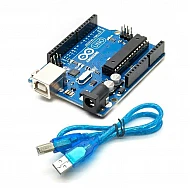
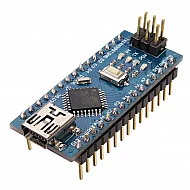
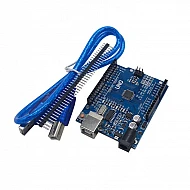
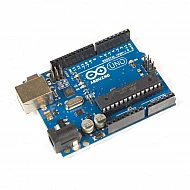

Leave a Comment